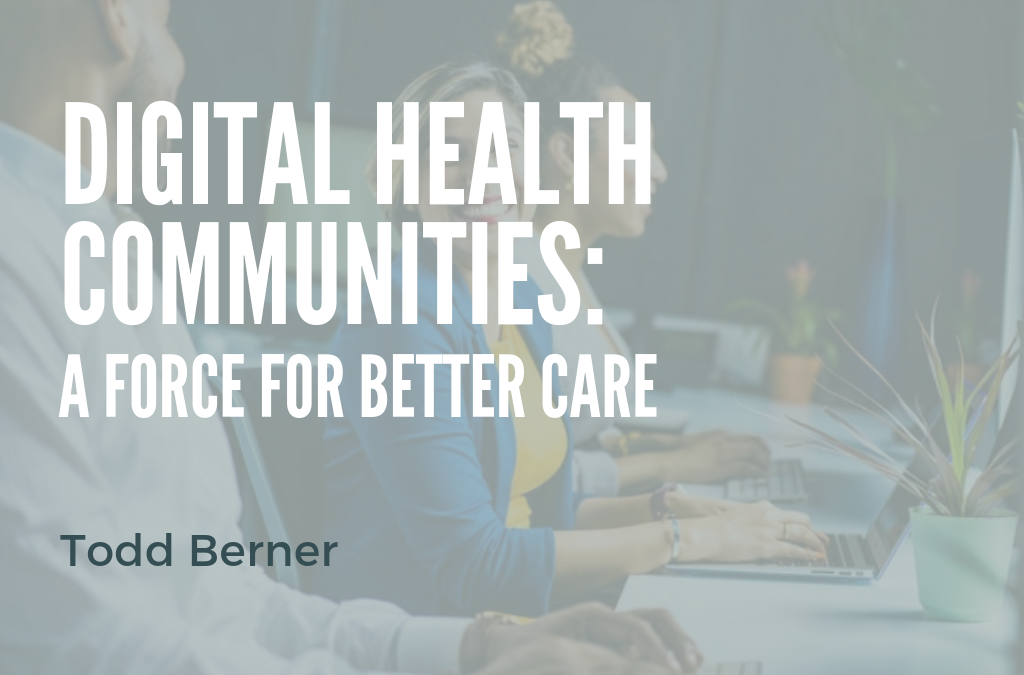With communication improvements due to technology and an increase in medical facilities closing in rural areas, technology may be the best way to bridge the gaps between patients. However, unlike many other healthcare initiatives, we’re seeing change being led by the patients themselves. In situations like these, it’s best for organizations to take notice and leverage the advantages of these groups to the benefit of all.
Dubbed “smart health communities”, these groups can be related by geography or just connected over the internet. Each encourages community health—many members will have similar needs and goals. The idea behind smart health communities is not new, as plenty of organizations have promoted shared support for health in the past. However, the inclusion of technology opens new possibilities, especially for patients with rare diseases that would not otherwise be able to connect with others like them.
But why the explosion of success in these groups, especially in an era of inconsistent adoption rates for patient portals? In this can, the grassroots nature of these communities often appeals more for patients, particularly if they are brought in by friends or family. From there, these sorts of groups tend to snowball—the more members there are, the greater the value for an individual patient. And with the vast majority of patients owning a smartphone, engaging in these groups is more convenient than ever.
The structure of these communities can range from local health groups to massive organizations such as Weight Watchers. One of the biggest strengths of these groups is that they create further touchpoints to help patients think about their health. Oftentimes, the occasional visit to the doctor doesn’t do enough to create healthier lifestyles and lasting change.
This provides a new way for healthcare organizations to engage with patients. In this case, they should stay away from inserting themselves into what can often be a very personal space and instead focus on providing factual materials and resources to these organizations with the intent of ensuring that patients adhere to physician-approved care as often as possible. The challenge here is incorporating this with the usual patient care patterns that doctors go through. There’s an inevitable learning curve, and physician adoption rates may take a while to adjust to the demand for more information about these kinds of organizations.
Still, it’s a big opportunity for healthcare providers looking to promote community health and one that doesn’t even require their direct involvement. There’s no need to fix a system that isn’t broken, and providers can make a real difference by learning what communities their patients are a part of and working to build inroads with them. I expect to see more of these groups emerge for more specific patient populations for the benefit of those that might not be able to connect in person.
